The word ‘Drone‘ is most of the time used interchangeably with quadcopter or UAV (Unmanned Ariel Vehicles). These vehicles are used in situations where manned flight is dangerous or too risky. Drones come in a variety of sizes. From small toys for kids to perfectly equipped quadcopters for professional engineering use, they are available for everyone to use.
Most of the drones come with built-in cameras for professional use. Many drones are known for their agility and speed due to their excellent acceleration and maneuverability. In addition to this, they also provide smooth and stable flights for aerial views, surveying, and photography.
Drones are used widely in different industries for different purposes. Advanced technologies in GPS, brushless motors, batteries, accelerometers, cameras, and reduced size of microprocessors, have made it possible for drones to be used widely in various industries. Although its applications are mostly for military purposes, now it is also used for purposes such as aerial photography, monitoring services, surveying, and commercial goods delivery.
In this article, we will focus on the application area of drones for the engineering industry. We’ve also researched and made a list of ‘10 Best Drones for Engineers and Geeks‘.
Drone Technology Application Area in Engineering
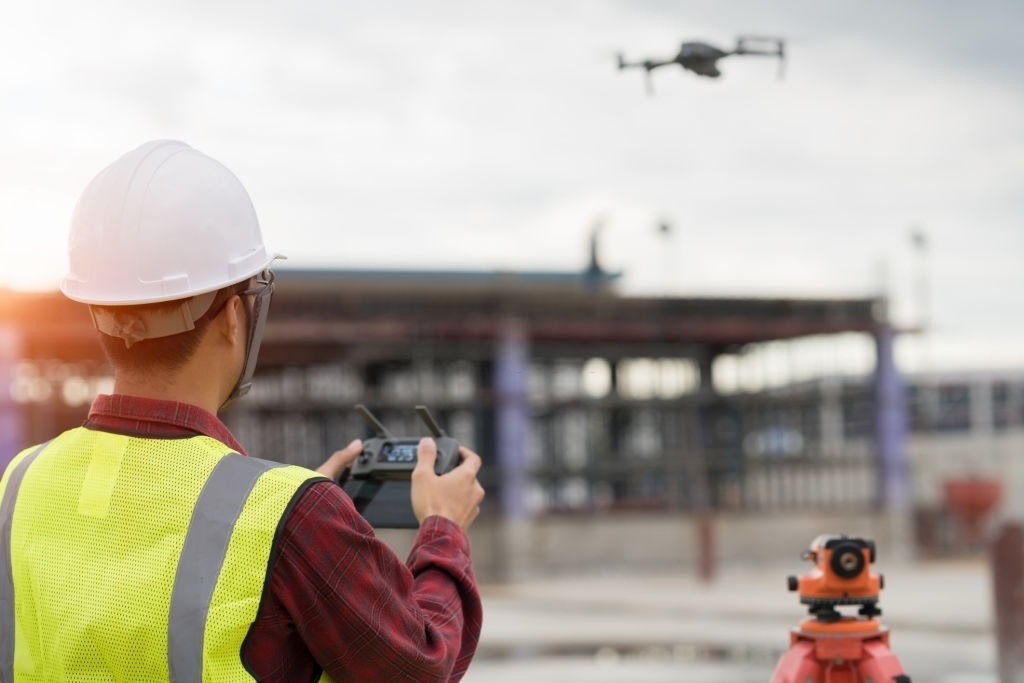
Drones are being used in various fields of engineering because they improve efficiency, minimize risks and costs of certain tasks. Here are some of the applications of drone technology in various engineering fields:
- Construction engineers use drones to gather real-time data about projects and understand what’s happening on site. Aerial insights improve progress tracking and help detect problems early — before they become costly or add weeks to a project’s timeline.
- Civil engineers can use drones to cover areas where it is difficult for humans to reach. They can monitor dangerous working sites, for example, they can visually inspect hydropower dams, highways, and other construction sites.
- In chemical engineering processes, drones can actually fly inside equipment structures and execute visual inspections, or even non-destructive testing (NDT), eliminating the need for confined-space entry. They can also be used to inspect the combination of hazardous compounds.
- Electrical engineers can also inspect pylons and grid stations at heights where it is inaccessible for humans. In this way, engineers can easily detect and quickly repair any power outage on towers or overhead faults over the high-tension power lines.
- Renewable energy engineers can use drone quadcopters to monitor solar PV farms or wind farms.
- Drones can be used in surveying to generate high-resolution orthomosaics and detailed 3D models of sites where low-quality, old, or even no data, are available. They thus enable high-accuracy cadastral maps to be produced rapidly and easily, even in complex or difficult-to-access environments.
For more in-depth information read our article: How Construction Companies Are Changing the Industry with Drones
Technologies such as this change the playing field for engineers, here are some benefits of using drones in engineering processes:
- Amplified quality of work with more accurate and comprehensive maps, photos, and measurements.
- Reduced costs – no engineering teams physically collecting the necessary data from the project site.
- Fewer measurement mistakes and the ability for different departments to engage in parallel work with gathered and saved data.
- No safety risks when executing difficult surveying on routes, harsh weather conditions, high-level objects, and so on.
- Improved management through real-time surveillance and day-to-day advancement analysis.
Now that you know how useful a drone can be, let’s explore the list of ‘10 Best Drones for Engineers and Geeks‘:
Note: As an Amazon Associate we earn a small amount of commission from each sale on Amazon.
#1 DJI Inspire 2 Drone
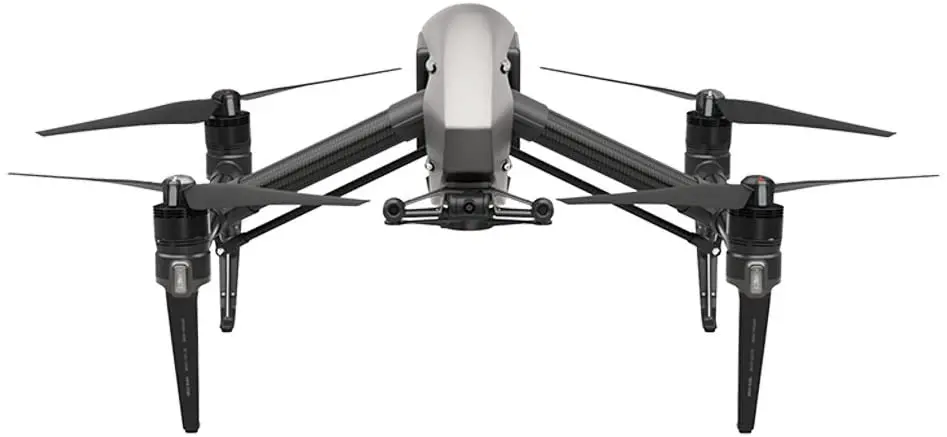
DJI Inspire 2 drone has the best-built quality, top performance, and high-quality cinematic footage. Made up of carbon fiber and magnesium, this drone can reach a top speed of 58 miles per hour with a flight time of almost half an hour. Engineers can record the 360 degrees view. The drone has sensors that can help the drone to avoid any kind of obstacle. Although it is a bit expensive, the quality of the video and image it captures is for sure of the highest quality.
Specifications:
- Transmitter Range: 4 miles
- Battery-life: 27 min
- Max Resolution: 5.2K/24 megapixels
- Top Speed: 58 mph
#2 DJI Phantom 4 V2.0
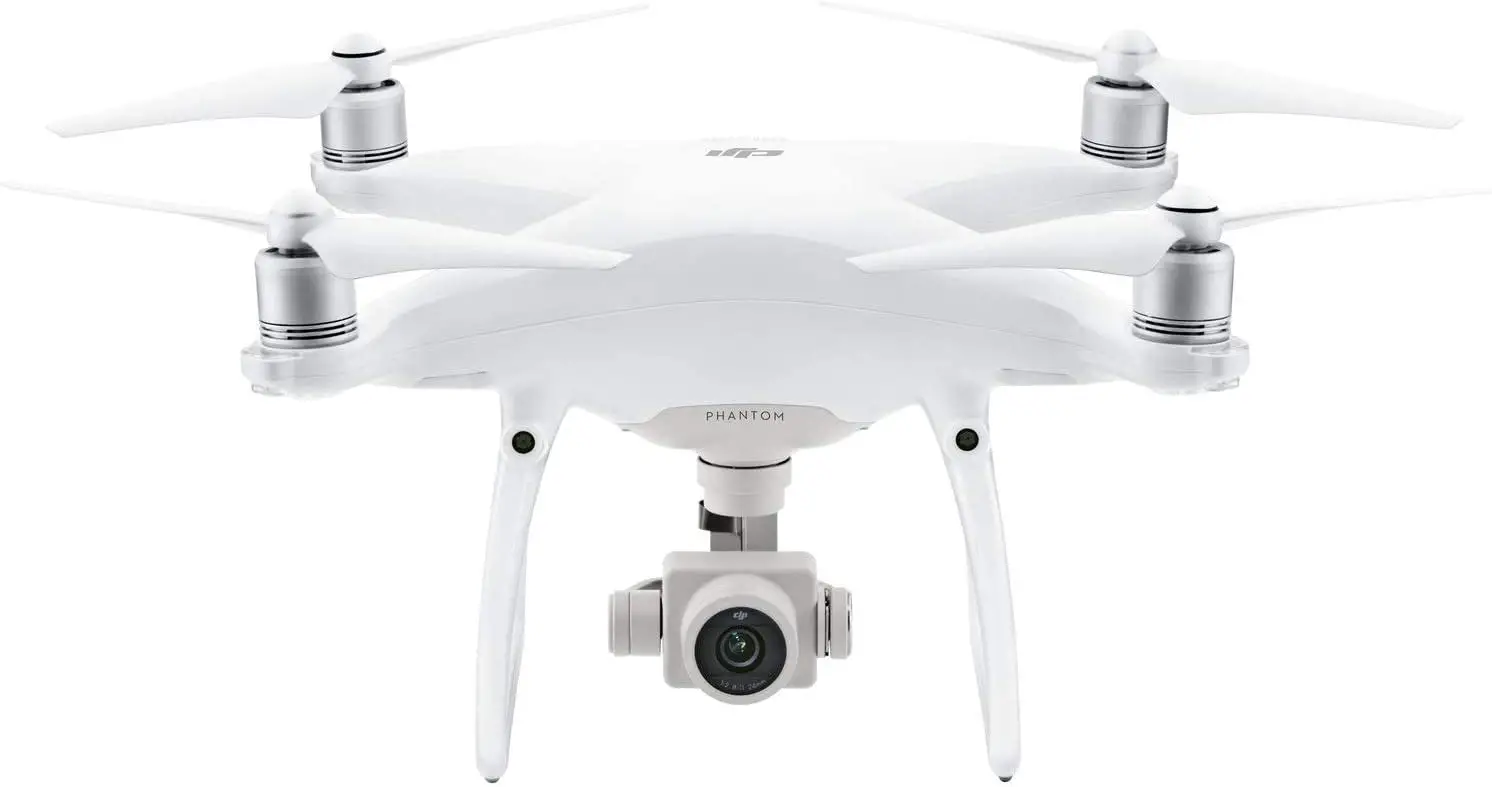
DJI Phantom 4 V2.0 has 4k video quality with a 20-megapixel camera that can capture high-quality images. It has a built-in OcuSync 2.0 HD transmission system which helps the connectivity be very stable and reliable. It also has 5 side direction obstacle sensors therefore it can be used to fly in congested areas. Like most of the other drones, it also comes with a built-in HD remote screen to shoot the video precisely. It’s best for aerial photography and inspection of construction sites.
Specifications:
- Transmitter Range: 4.3 miles
- Battery-life: 30 min
- Max Resolution: 4K/20 megapixels
- Top Speed: 45 mph
#3 DJI Mavic 2 Pro
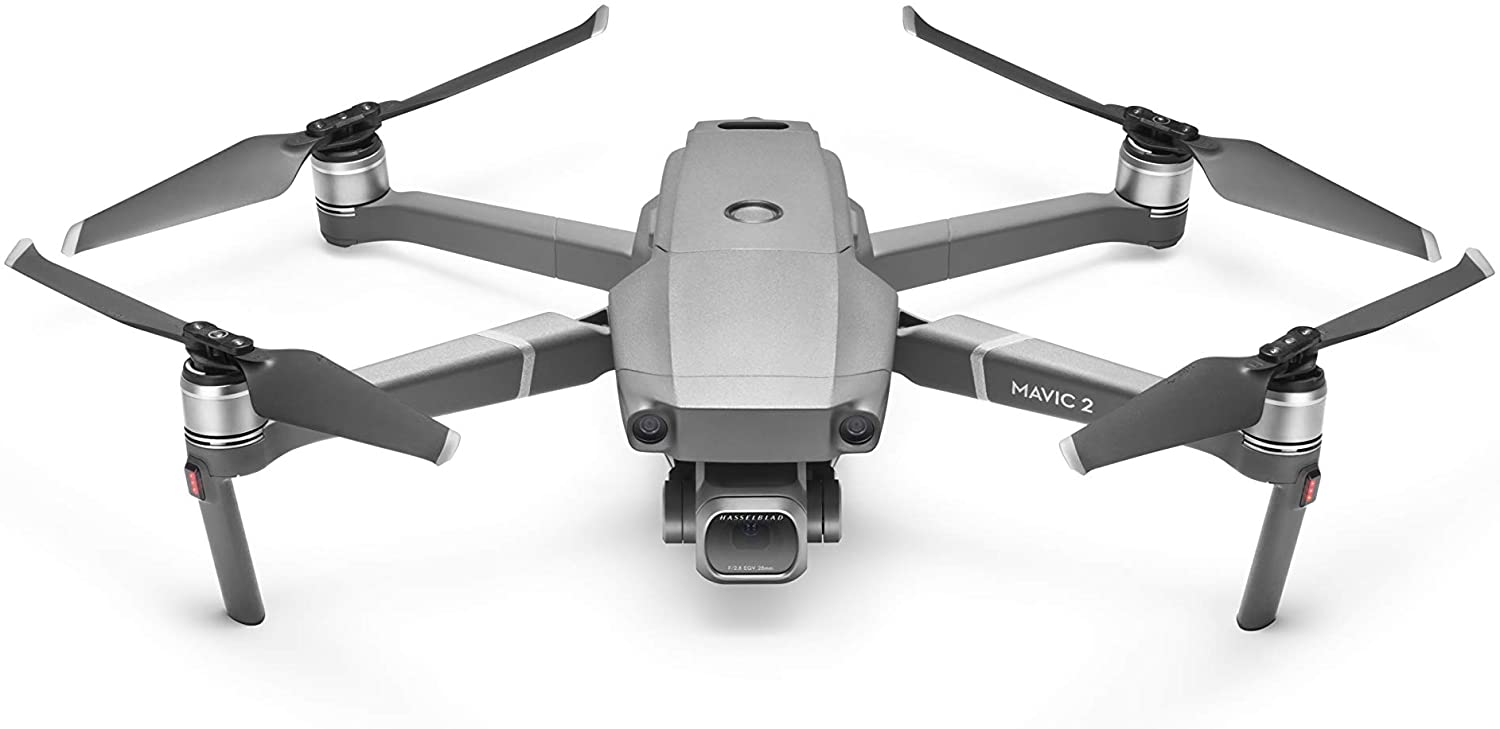
DJI Mavic 2 Pro is the most complete portable high-quality drone made to date. One of the best features of this drone is that it folds perfectly for portability. The drone has 10 side direction sensors which make it almost difficult to hit any obstacle. This drone automatically avoids obstacles so reliably that it looks like it has predicted the pathway through the obstacles. It also has stunning video resolution which can shoot 4k video at 30 fps (frames per second), 2.7k video at 60 fps, and 1080p video at 120 frames per second. It comes with a built-in 8GB storage and also supports a micro SD card slot.
Specifications:
- Transmitter Range: 5 miles
- Battery-life: 31 min
- Max Resolution: 4K/20 megapixels
- Top Speed: 48 mph
#4 DJI Mavic 2 Zoom
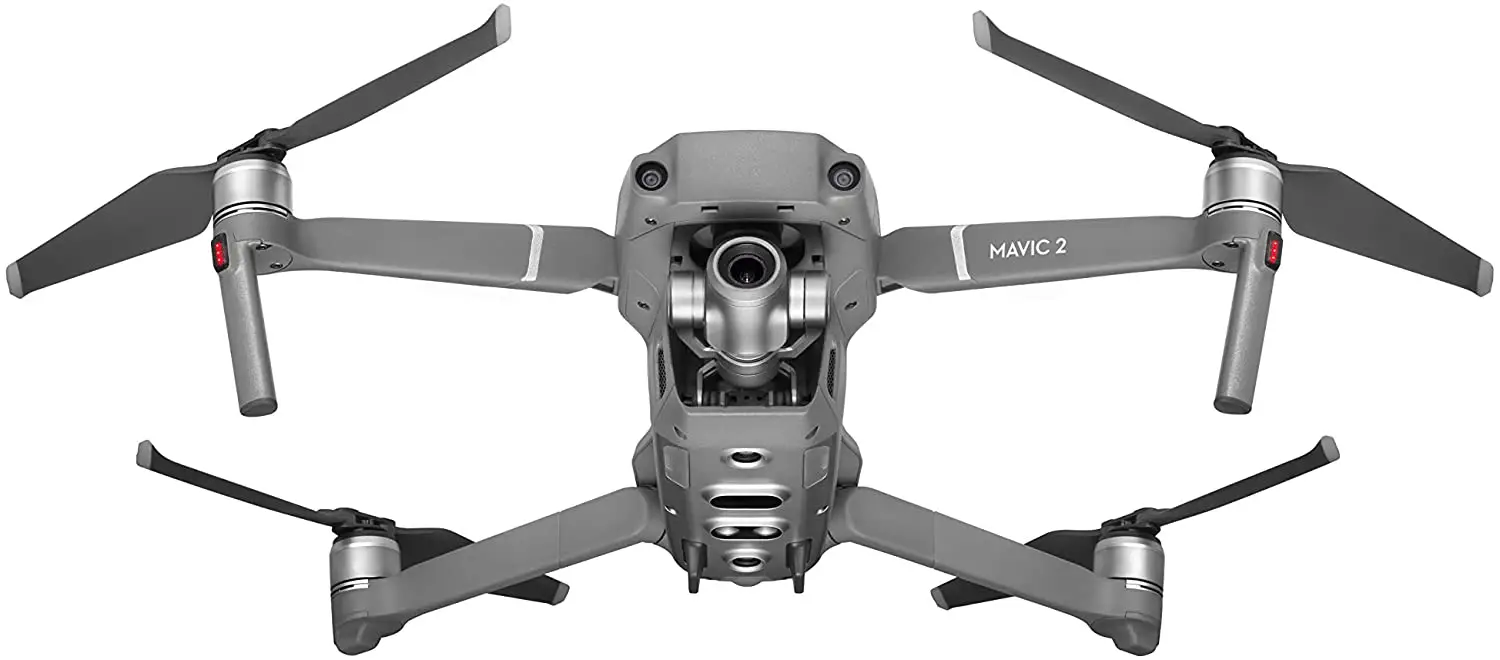
DJI Mavic 2 Zoom has a nearly similar feature as that of DJI Mavic 2 pro. The only difference between the two is the camera. They have the same video shooting feature (4k, 2.7k, and 1080p). They are also the same in size and shape. DJI Mavic 2 Zoom also comes with built-in multi-directional sensors to avoid obstacles easily. However, it comes with less image resolution but with 2x optical zoom with a focal length of 24-48mm. This drone is for applications when you need to shoot videos from distance in geo-restriction areas (such as country borders). However, it is recommended to buy Mavic 2 pro if you need to shoot stills more.
Specifications:
- Transmitter Range: 5 miles
- Battery-life: 31 min
- Max Resolution: 4K/12 megapixels
- Top Speed: 44 mph
#5 Parrot Anafi
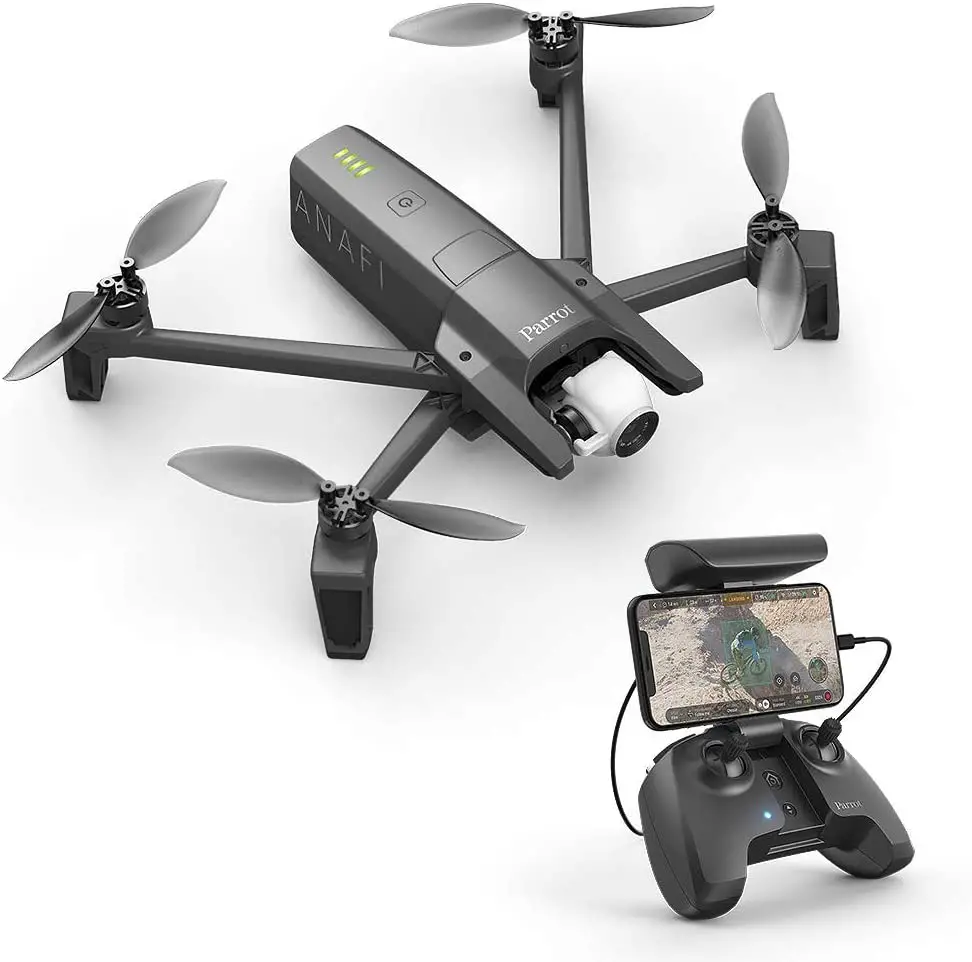
Parrot Anafi is one of the drones that can compete against DJI’s Mavic, Zoom, and Phantom. It is much cheaper than DJI’s drones but has fewer features than DJI. This drone is also light in weight than Mavic drones. With the three-axis gimbal, 4k video resolution, and 21 megapixels camera, its design was inspired by the bumblebee. The camera angle can be changed to 90 degrees upward for a unique experience which not many other drones offer. The drone is also very quiet and you can hardly listen to its noise within 20 meters above your head. It offers a detailed and sharp video shooting experience with a 1/2.4-inch Sony CMOS sensor.
Specifications:
- Transmitter Range: 2.4 miles
- Battery-life: 25 min
- Max Resolution: 4K/21 megapixels
- Top Speed: 35 mph
#6 DJI Mavic Air 2
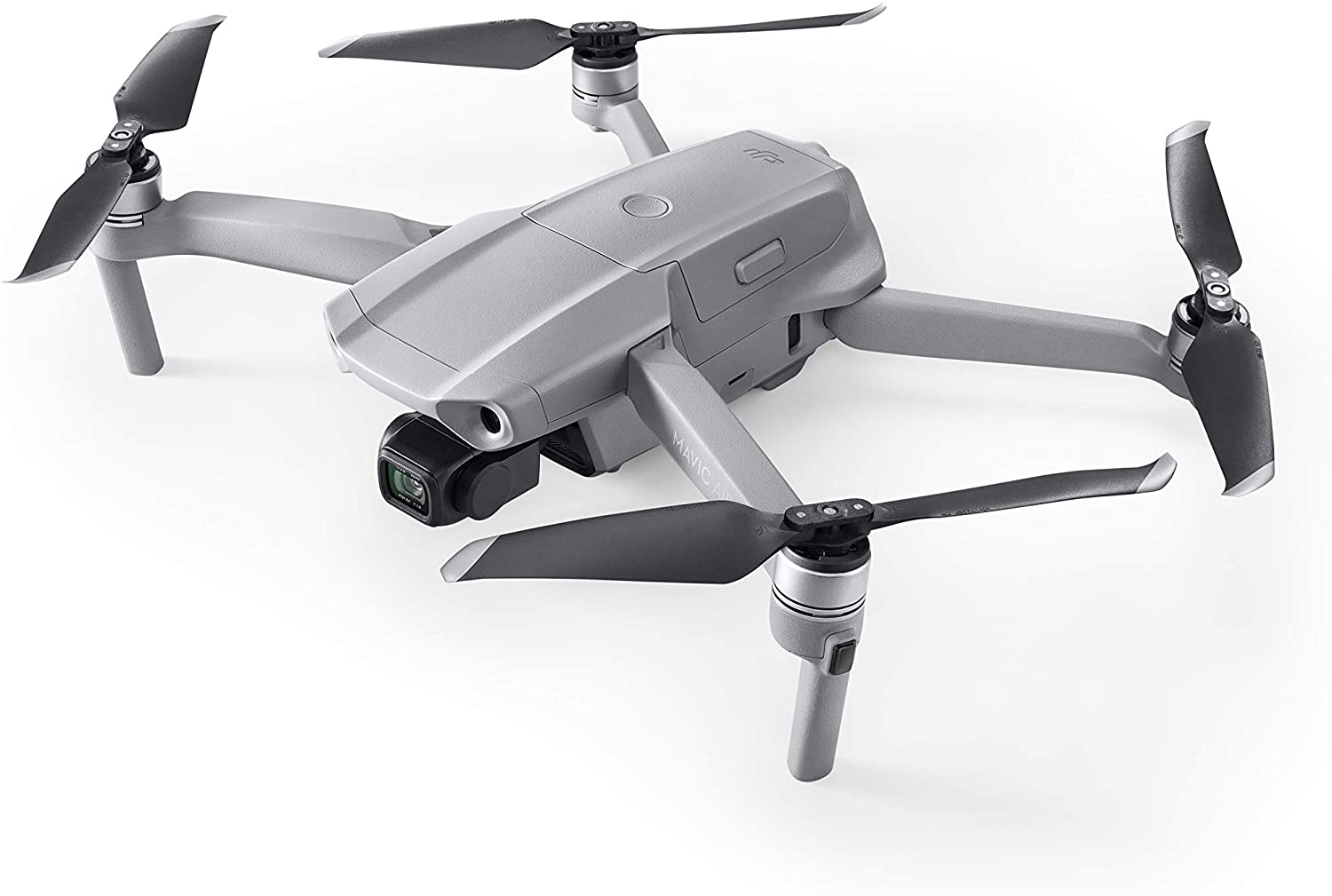
If you are looking for a budget-friendly drone with the best features, the DJI Mavic Air 2 drone is the answer. It has a ½ inch sensor which allows it to shoot 4k videos at 60 frames per second. The still image-taking capability of this drone is very unique and high quality. The image is sharp, more detailed, and clearer with 48 megapixels resolution. It has a spotlight 2.0 feature which allows it to lock on objects while it is driven away from the object and the ActiveTrack mode to follow moving objects. It also comes with 3 direction sensors to avoid obstacles that allow it to maneuver around objects more smoothly.
Specifications:
- Transmitter Range: 6 miles
- Battery-life: 34 min
- Max Resolution: 4K/48 megapixels
- Top Speed: 42.5 mph
#7 DJI Mavic Pro Platinum
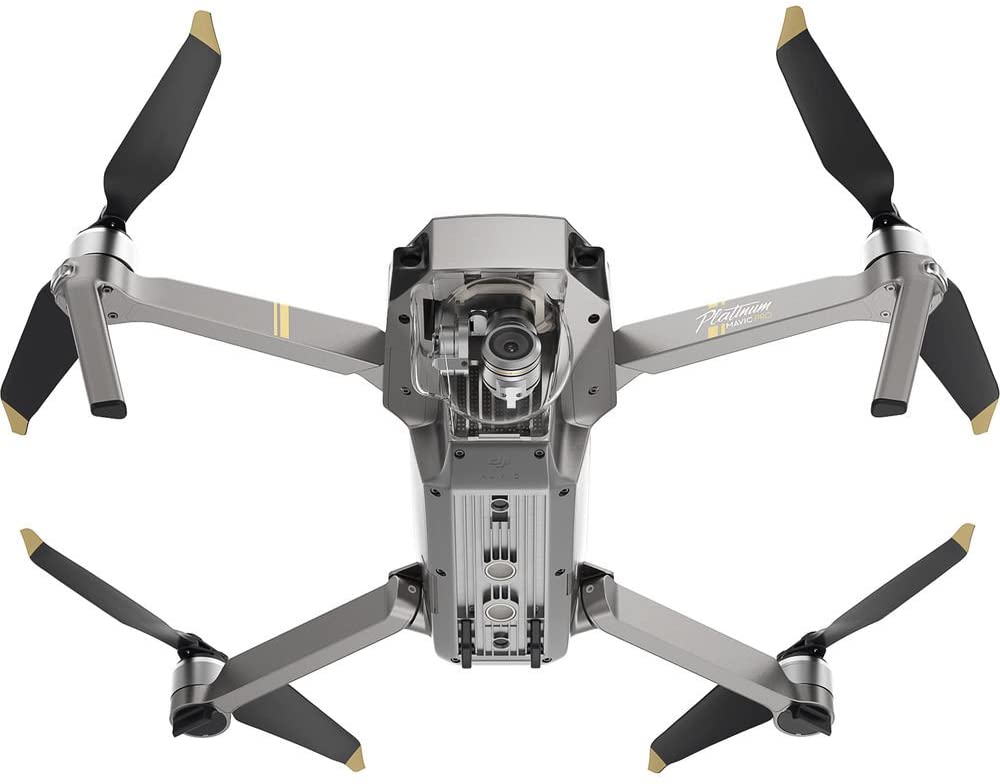
DJI Mavic Pro Platinum is also another marvelous drone designed by DJI. The most important feature is its compactness. It folds perfectly for portability purposes. Its remote controller is also quite compact. With a top-notch flight experience, it offers very high-quality camera results with 4k quality. Like other Mavic, and Phantom drones it also has a sensor to avoid obstacles in the forward direction in addition it also comes with the return-to-home feature.
Specifications:
- Transmitter Range: 4.3 miles
- Battery-life: 28 min
- Max Resolution: 4K/12 megapixels
- Top Speed: 40 mph
#8 Autel Evo
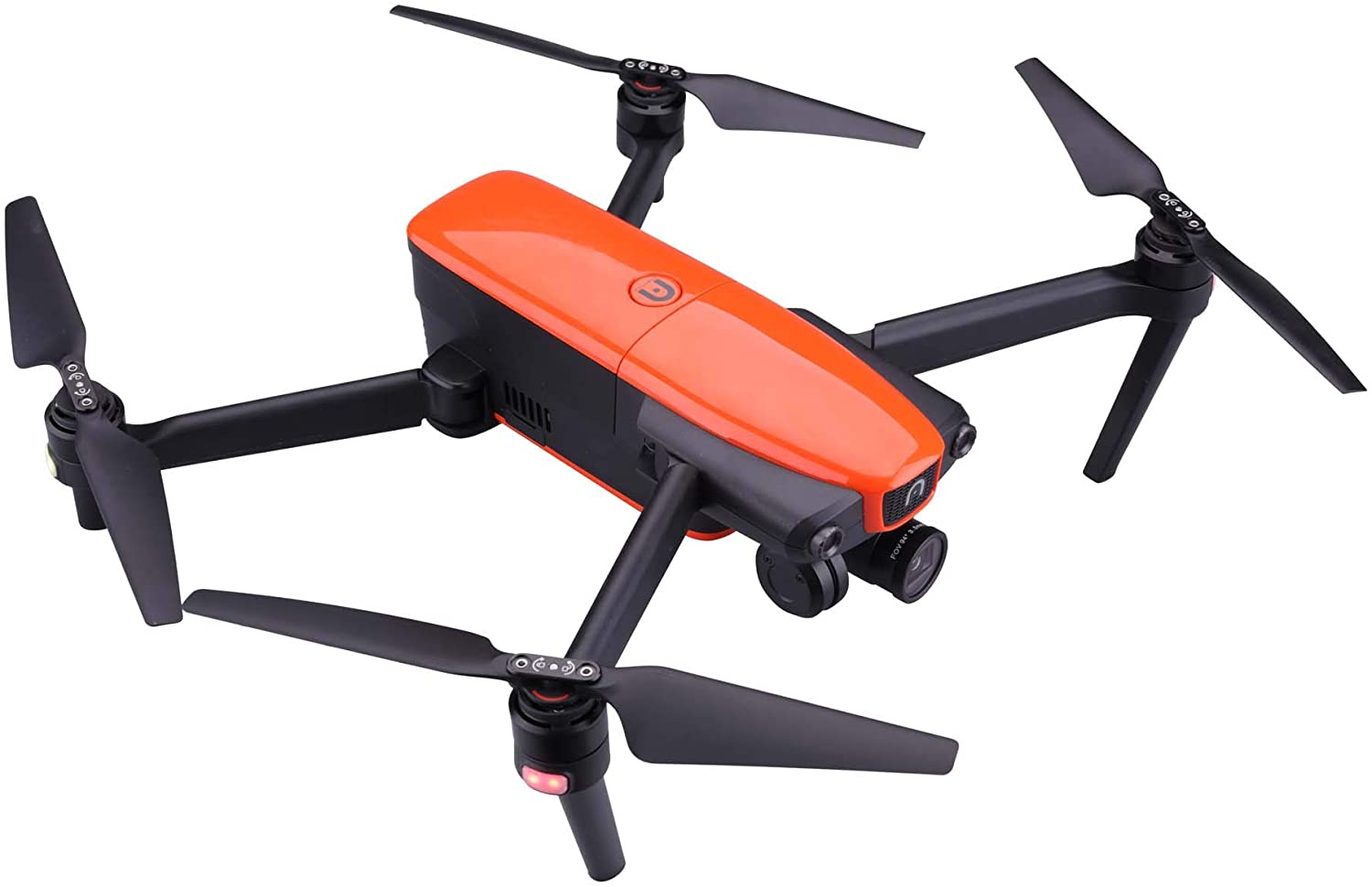
Autel Evo is one of the high-tech drones in the market. It provides similar features to the DJI Mavic drone with less price. At this price, Autel Evo is one of the best drones with quality image and video shots. It allows engineers to record 4k video with 60fps with 100 megabits per second recording speed. The remote controller has an integrated 3.3-inch OLED screen thus no need to use a separate smartphone.
Specifications:
- Transmitter Range: 4.3 miles
- Battery-life: 30 min
- Max Resolution: 4K/21 megapixels
- Top Speed: 40 mph
#9 DJI Mavic Mini
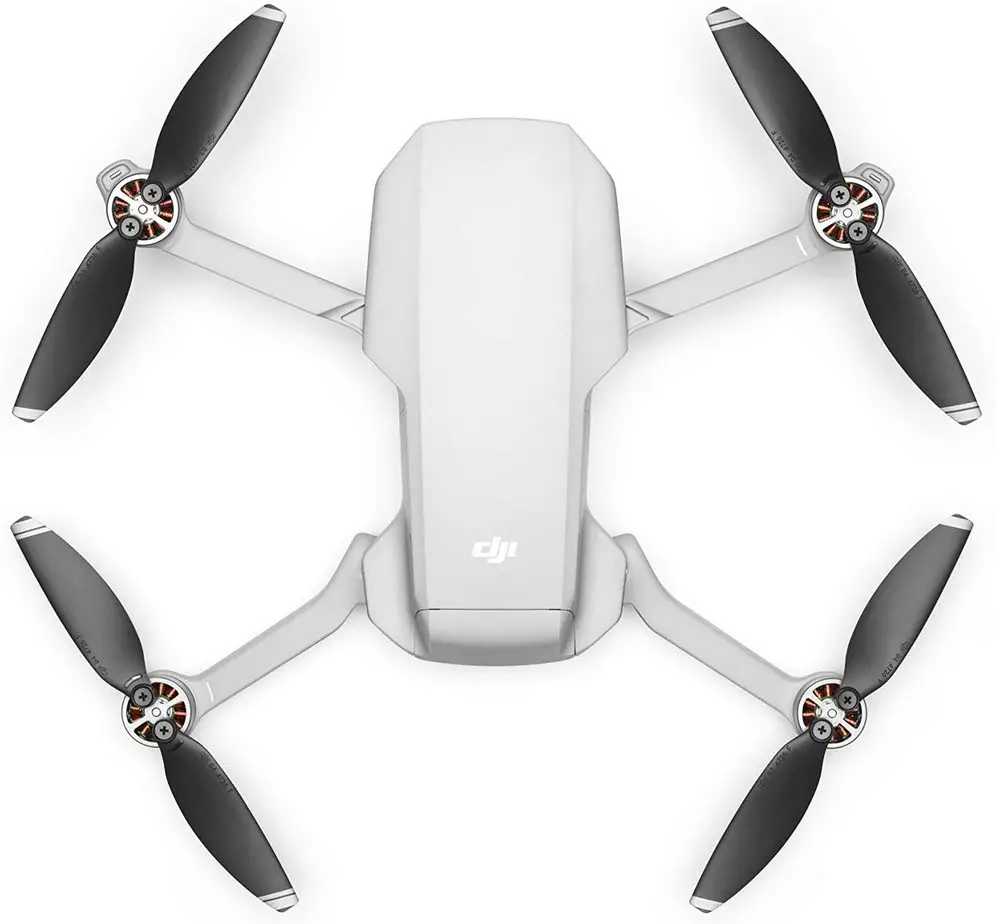
DJI Mavic Mini is a very slim and small drone to carry anywhere (the picture above is zoomed). This mini drone can fit in a hand. Its flexible rotor arms, small size, and compactness allow it to survive a crash. It has the capability to shoot video at 2.7k resolution with 30 fps and 1080p resolution at 60 frames per second. This drone doesn’t come with built-in sensors to avoid obstacles, however, its stability and agility during flight attract many customers.
Specifications:
- Transmitter Range: 2.48 miles
- Battery-life: 30 min
- Max Resolution: 2.7k/12 megapixels
- Top Speed: 30 mph
#10 Ryze Tello
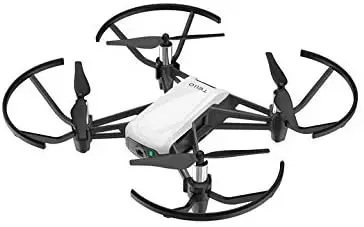
Ryze Tello is the best drone to buy if you want to capture images and shoot videos at a closer range. It can shoot decent quality videos and capture still images with 5-megapixel resolution. Most of the electronics equipment inside this drone is manufactured by none other than DJI. It cannot be folded but still, it can be adjusted inside the jacket pocket easily.
The drone is made for indoor use however you may use it outdoor subjects, not too much windy weather. The drone is not equipped with GPS. The drone can be controlled with the help of the smartphone app Tello. The cool thing about this drone is that it is programmable. It can be programmed through the Tello EDU app to perform various tasks without controller real-time input. Ryze Tello also has a virtual reality (VR) feature as well.
Specifications:
- Transmitter Range: 100 meters
- Battery-life: 13 min
- Max Resolution: 720p/5 megapixels
- Top Speed: 17.8 mph
Note: As an Amazon Associate we earn a small amount of commission from each sale on Amazon.
Bottom-line:
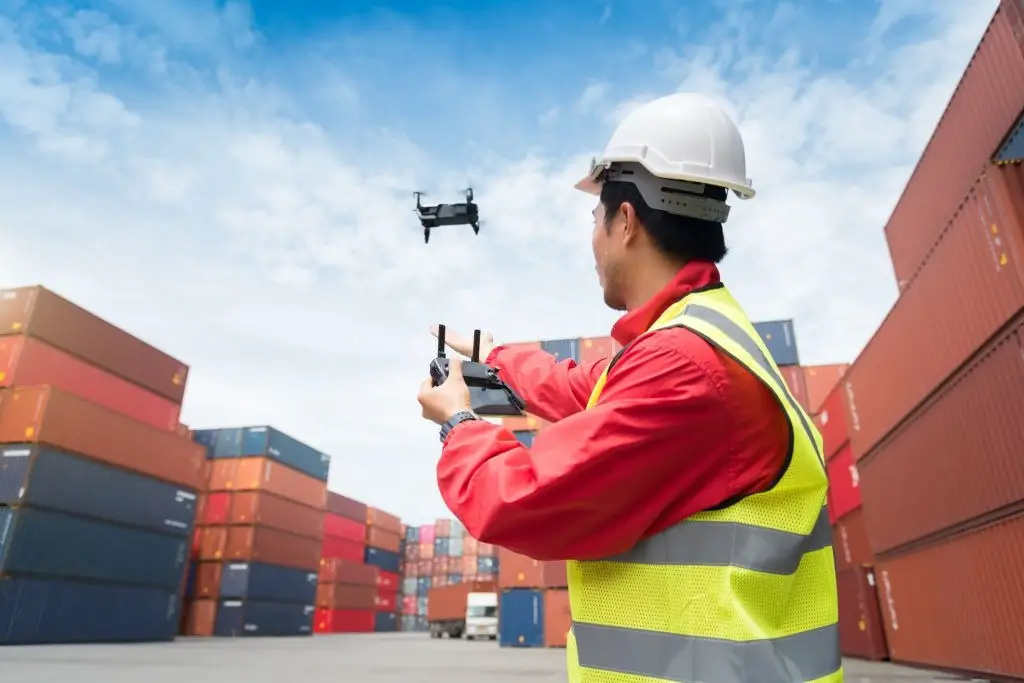
Undoubtedly drone is one of the most innovative technology and has rapidly grown in recent years. They were long supposed as the army’s spies or luxurious toys for enthusiasts, but for some years, UAVs have been used for commercial purposes. From online delivery to high-precision measurements, drones are assisting businesses to work safer, spend less time on certain tasks, and make rapid and precise decisions.
Engineering industries perhaps benefit the most from drone technology. Inaccessible routes, significant distances, harsh weather conditions, high-level works, and the danger of emissions are no problem with drones. UAV technologies should be leveraged in every field of engineering to save time, reduce costs, and complete unsafe tasks.




![Types of Engineers and What they Do [Explained]](https://www.engineeringpassion.com/wp-content/uploads/2022/04/types-of-engineers-and-what-they-do-280x210.jpg)
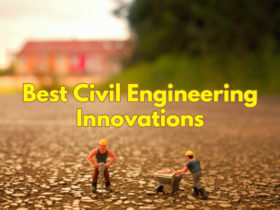
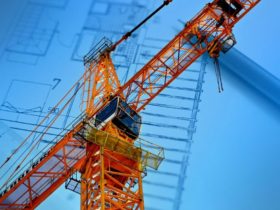


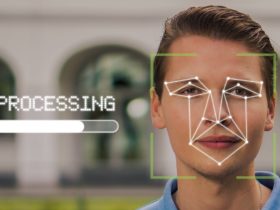
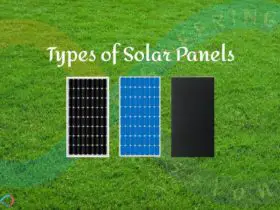
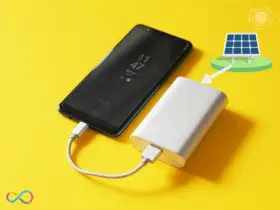
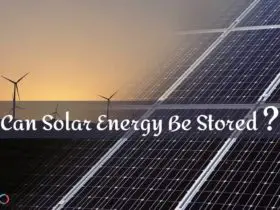
Leave a Reply